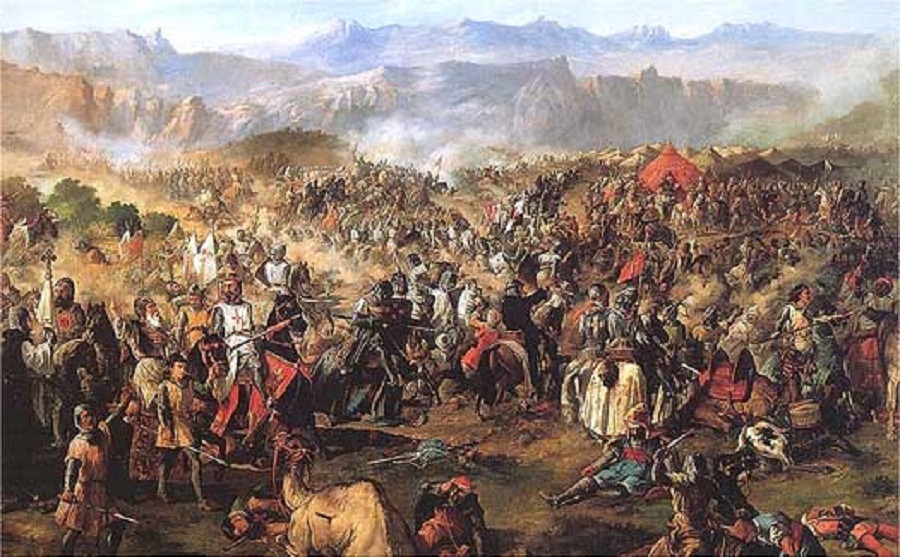Youssef ibn Tashfin was part of a tribe of nomadic Berbers whose leader invited a holy man to preach the Islamic faith to his people and established a fortified camp or ribat. The ‘People of the ribat’ or El Murabetun (altered by Europeans into Almoravids) became the first of three Berber dynasties.
In a very short time, the Almoravid sultans forged a Berber empire that covered Northwest Africa as far east as Algiers and incorporated southern Spain. While Macbeth was king of Scotland, the Normans were invading England and the First Crusade took Jerusalem, the Almoravids, led by Tashfin, founded Marrakech in 1060, captured Fez in 1069 and then pushed on across the Mediterranean into Spain.
Muslim Spain, in the time of the romantic Cid Campeador ‘El Cid’, was divided into 23 taifas, or petty principalities. The Almoravids had little difficulty in dominating them on the pretext of helping to defeat Christian armies, as they did at Zallaqa near Badajoz in 1086. They took Granada, Cordoba and Seville in the south, and Badajoz, Valencia and Saragossa in the north, although they were unable to hold them for long.
Tashfin’s son Ali ruled the empire from 1120 to 1143, and in his time the fierce and austere Almoravids abandoned the veil to become luxury-loving potentates in Andalusia. The Almoravid dynasty disappeared almost as quickly as it had risen out of the desert, but not before spreading the influence of Andalusian culture throughout the Maghreb.
Among the Almoravids’ few remaining monuments are the mosque at Tlemcen in Algeria, the ramparts around Fez and the Koubba Baroudiyn in Marrakech.


